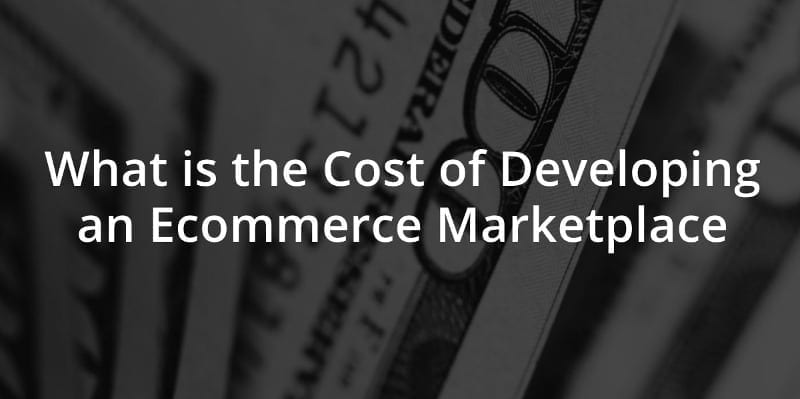What is the Cost of Developing an Ecommerce Marketplace
How to create a top-notch e-commerce platform with a minimum budget.
The Airbnb founders packed a ton of cereal in special edition boxes—Obama O’s and Cap’n McCain’s, which were released during the 2008 elections’ period, to get funding for their back-then marketplace startup:

They raised approximately 30,000 dollars to develop the online multi store platform.
Jeff Bezos got the few hundred thousand dollars to establish the Amazon multi vendor marketplace system from the early-stage investors—his parents, whose first question was, “What’s Internet?”
Those examples show that you can develop a household-name virtual marketplace with a very different amount of money—it’s just necessary that you use them wisely.
You may also be interested:
1. A Multi Store Virtual Marketplace Building Stage—Minimum Viable Product
The outlays are different over the building stage, and during a full-scale marketplace running period.
To estimate the approximate costs of a multi vendor online marketplace development, it’s best to start from a minimum viable product, MVP: an online multi seller shopping mall starts working with the set of features that is enough to cover the users’ initial needs, and extended functions are added later, on the basis of early adopters’ feedback:
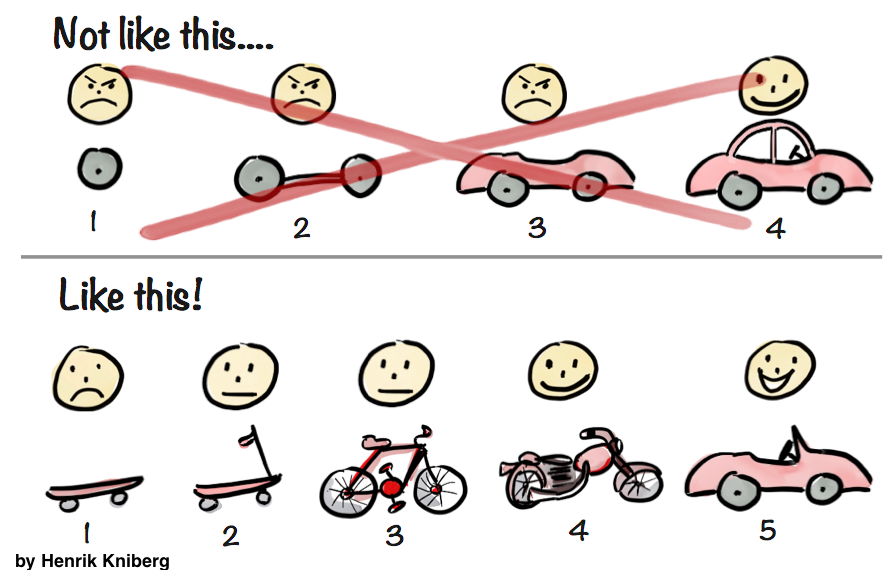
It helps to prove a multi store virtual marketplace concept and to tweak it to the audience’s expectations with no extra features built, and with minimum costs.
However, when building a marketplace MVP, you should keep in mind that besides the necessary minimum features that are crucial for any online multi vendor store, you should take into account the components that are inevitable for your multi vendor online marketplace unique concept.
For example, if this is a high-ticket product, seven-days-a-week customer service may be necessary.
A Farfetch, designer-clothing online marketplace seven-days-a-week customer service
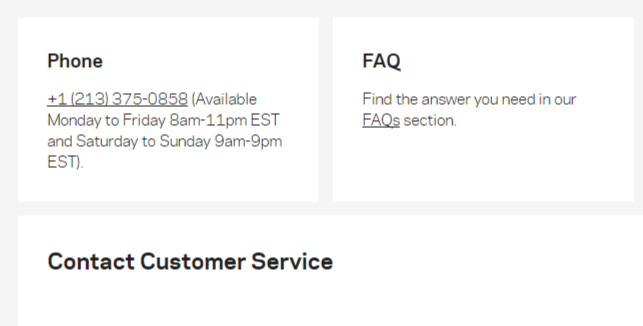
Even though costly customer service is not in the most necessary MVP features’ list, if it’s a core part of your concept, and you did not include it from the outset, you won’t be able to prove your idea properly.
Another example of features that should be added to your MVP costs to fit your online multi store platform idea – geos: if your customers are from different countries, a built-in translations’ or a multi-language feature should be in place, like on the Amazon multi vendor system:
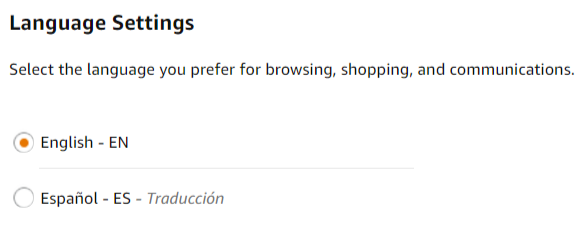
Thus, besides the costs that are considered below, keep in mind the expenses that your unique idea brings, and add them to your MVP budget.
1.1 Research stage costs
Few core elements of an online multi seller shopping mall concept should be researched:
- a multi vendor online marketplace idea and value;
- potential vendors and customers’ expectations and needs;
- market and competitors
Research costs depend on the region, depth of research, and other parameters (if it’s a phone, or a mail survey, or a focus group interview, number of people surveyed, the number of questions)—therefore, the costs that are given below are general.
Breakdown of the research costs
focus groups’ method—approximately $6,000 for an eight-person group;
interviews—around $300 per person;
phone interviews (200 phone surveys) – $5,000.
- audience (potential vendors and customers) research: $1500 (500 responses, 20-questions questionnaire).
Here is an example of how to estimate the audience research costs for your unique needs.
How to reduce research costs
- hire a professional freelancer with proven background and skills, instead of a survey company;
- use self-service research platforms—they provide all the required data for research analysis;
- survey hosting platforms and survey apps—with the subscription around $10-20 per month;
- conduct survey on your own
The most important steps of such research are given in our How to build an online marketplace article, and here is a comprehensive guide on how to implement competitive research.
1.2 Technical stack
A technical platform on which a multi vendor marketplace system is created enables functionality that constitutes a unique value that your multi shopping platform offers to clients, so it’s one of the most important virtual marketplace differentiators.
With regard to functionality that covers the general audience needs, an online multi seller shopping malls’ survey found that online consumers prefer to shop on online multi vendor stores over retail sites (69% vs. 31%), and the reasons to that are:
- they can compare prices;
- multiple brands are in one place;
- a single shopping cart;
- stored payment details
Thus, the tools that enable those capabilities should be in place.
Besides, to define what an MVP’s technical stack should include, bear in mind your concept and intended audience needs.
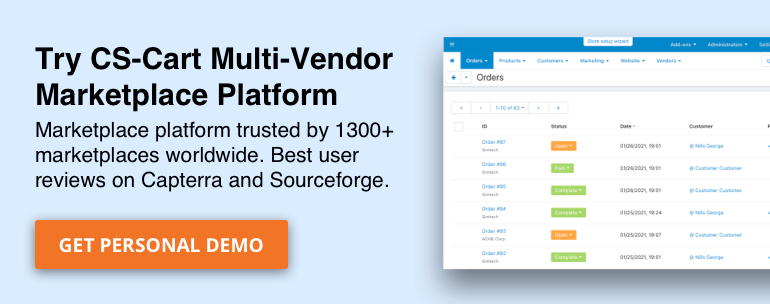
A multi vendor CMS platform
The most important features are those that help clients find and buy goods easily, help online sellers to manage their inventory or services, and assist the administrator to manage operations and transactions:
- checkout tool—a flawless payment feature that enables clients’ card details security as well;
- search engine—to find the right goods with minimum efforts;
- reviews and ratings – to enable secured and informed purchasing decisions for clients;
- listings checking—to control suppliers’ content quality;
- payouts management—to handle sellers’ commissions and payments;
- responsive design—flawless web marketplace look on any device, and customers that search for goods via smartphones coverage.
There are many types of multi shopping platform, and differences between the following ones influence costs:
- a pre-packaged solution
If intended specifically for multi store virtual marketplaces, then it includes most of the necessary features in an initial version.
- a multipurpose platform
Using such an online multi store platform, it’s necessary to develop many tools from scratch that causes additional expenses (some of the necessary features can be included in an initial version).
- a built-from-scratch platform
In this case, you have freedom with regard to features (any feature can be created), but it’s necessary to create all the basic elements from scratch as well (which are included already in a pre-packaged solution):
- user interface and experience design;
- front-end and back-end programming;
- quality assurance—automation and manual testing;
- payment gateway integration;
- responsive HTML and CSS (enable any-device-friendly marketplace).
All those steps bring additional costs and take a lot of time for execution.
Domain
A domain name—a multi vendor online marketplace’ unique name (like Amazon.com), a web address which is achieved through a provider (like GoDaddy or Network Solutions).
Hosting
Hosting influences the speed of an online multi seller shopping mall work and page loading, that’s why it’s a vitally important technical stack element.
Security
- payment security and customer’s financial data protection—access to different (and safe) payment methods;
- security certificate—TLS (Transport Layer Security), and its predecessor – SSL (Secure Sockets Layer), the standard for security technology to protect online transactions, ensures that all data remain private and safe;
- backups—ensure the safeguard of the entire website data, frequently copied into an archive file.
Breakdown of the technical stack costs
- domain: around $10 per year;
- security:
security certificate—approximately $10-500 per year, in a pre-packaged solution—for free (included in the price);
backups—$10-40 per month;
payment method integration—costs may vary significantly depending on the solution; in a pre-packaged solution—for free (included in the price).
- hosting: from less than $10 for small multi-seller marketplaces to hundreds of dollars per month and up (depends on web traffic amount, and the size and complexity of an online multi vendor store);
- a cms platform:
pre-packaged platform
Subscription for 12 months—approximately $100-$50,000, or a lifetime price $300-1500 and up;
Security certificate—included in a solution price;
Customization costs (if needed): additional module / plugin, theme / template—approximately $20-200 (there are free themes as well).
No lead time, ready-to-use solution.
a built-from-scratch platform
- Average development: around $10,000-60,000; For a low scope of functionality: $10,000-15,000; For a greater scope of features: $20,000 and more;
Lead time—2-5 months.
- Offshore MVP development: $50,000-200,000;
Lead time—3-6 months 3. The US-based from-scratch full-time development: $200,000-500,000.
Lead time—2-3 months (but the knowledge of multi store virtual marketplace development is in place to speed things up).
Multipurpose solutions
Costs may vary significantly, but on average, an existing website template plus plugin with no customizations: $5000 to $10,000.
How to reduce technical stack costs
- a pre-packaged solution free trial version which includes full functionality and is available for a longer period (30 days would be enough) is a great way to tune an MVP version of your online multi seller shopping mall and check the concept with zero costs.
Amazon sales within its first two months of working were $20,000 per week, which help a multi shopping platform to prove the concept and raise an 8 million-dollar round of funding next year.
1.3 Acquisition & marketing
There are paid and free methods of online multi store platform users acquisition and growth:
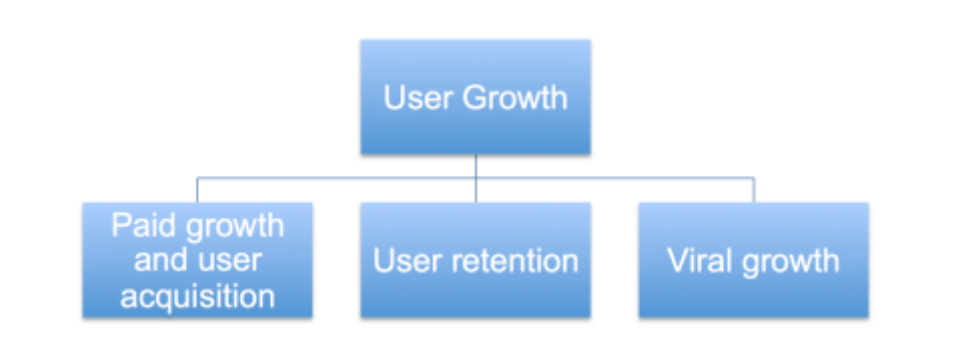
For an MVP marketplace building period (and very often, for a full-scale running stage as well), the free methods bring significant results.
All the low-cost and free effective marketing and users’ acquisition methods and how to use them efficiently are described in our How to promote an e-commerce marketplace and How to open an online marketplace articles.
Here are the average costs of those methods, together with other expenses that are necessary to build a marketplace MVP version.
Breakdown of the acquisition & marketing costs
- logo: $300-500 and up;
- stock images: free (if using Unsplash and other free image platforms);
- active sellers’ community: free (except some low expenses for offline-meetings);
- blogging
Free or $40-70 for an additional theme (if using a pre-packaged solution);
For built-from-scratch platforms and some of the multipurpose solutions, there are additional budgets needed to build a blogging tool from scratch;
- email-marketing:
Free or $50-70 for an additional theme (if you are using a pre-packaged solution, which is intended for multi store virtual marketplaces, there is an integration with email-marketing solutions included in the initial pricing);
For multipurpose and built-from-scratch platforms, such an integration brings additional costs;
- SEO-tools:
Free plus around $40 for additional SEO themes—if using a pre-packaged or multipurpose solution;
Additional costs—if you use a built-from-scratch platform;
- social media marketing: free (if you implement it yourself).
How to reduce costs
- launching locally makes your concept more interesting to local media, which helps to boost the intended audience’ attention to your online multi seller shopping mall with the help of local press and media for free;
- choose a cms that contain a good amount of marketing and promotional tools in its initial version—or in cheap add-ons (cross-selling and up-selling features, and other tools)—this will help you to convert the bigger part of traffic you attract on a multi vendor marketplace system.
1.4 Running a full-scale multi vendor online marketplace
On a full-scale online mall running stage, expenses are significantly various for every online multi vendor store, but there are areas where you can expect the larger part of costs:
- infrastructure building: delivery, customer service, call-center, team, legal entity maintenance;
- further functionality extensions and customization: if using a multi-purpose platform, the biggest part of costs always lies in further (regular investments during the next few years) functionality customizations—to fit an online multi seller shopping mall needs;
- security: when a multi store virtual marketplace gets traction, fraud and other security threats appear and cause additional expenses, thus it’s necessary to check whether a technical stack provides a good base for security measures to reduce those costs (payment security built-in tools, authorization, and users’ data safeguard).
- platform maintenance—in case you are using a built-from-scratch platform, there should be an in-house IT team to maintain all the features it has (since external tech support won’t be able to handle its unique functionality).

2. Tips and Tricks to Minimize Costs
- during an MVP proving period, work on a freelance (but legal) basis, instead of establishing a full-scale legal entity from the outset;
- if you are using pre-packaged or multi-purpose cms, use a cms provider tech support team – it’s often at a low cost, and is definitely cheaper than hiring your own developers and IT team from the very beginning;
- if your multi vendor marketplace concept allows that, use a locker points/pickup points service, instead of establishing your own costly delivery service;
- launch a mobile adaptive/responsive marketplace version instead of an app: with a pre-packaged solution, having an app is not costly, but in the case of a built-from-scratch shopping mall, creating an app costs almost the same as the desktop version itself;
- conversion and traffic: instead of spending money on paid traffic, use free and cheap conversion tools (included in pre-packaged and sometimes in multi-purpose cms) to convert organic traffic more efficiently and at minimum costs.
True Experience

Alaa Hariri, the administrator of the upcoming online mall Razza.com
Hi, Alaa! You’re opening your marketplace now. Guess you can share with our readers some info on spendings for the marketplace development.
First question is—what spendings does online marketplace development involve?
Spendings involve primarily the following: modern front-end design, payment gateway integration, SEO optimization, server setup, licensing… etc.
How can an entrepreneur save money on marketplace development?
They can save money by purchasing ready-made design templates and commercial addons.
Do you think it is better to use a free CMS than licensed one for an online marketplace?
A free is better because it will be more famous and there will be more local developers working with the platform. As a result, rich online resources and developers community will be available.
Can you share with our readers how much did you spend on building your ecommerce marketplace?
As I am front-end developer and server administrator, I spent between 2000 to 4000 USD only for getting an online marketplace including the Multi-Vendor license.
An Airbnb ex-product specialist, Jonathan Golden, claims that multi shopping platforms involve low capital costs since inventory is brought to the market from sellers.
Besides that, there are other things that enable creating a thriving online multi vendor store at a minimum cost:
Pick wisely the features and components you are going to include in a minimum viable product version—to cover all users’ needs, but to avoid building useless extra tools.
Another crucial component—the ability to prove an MVP concept in practice—quickly and in a cost-efficient manner, but using a quality technical platform, not to spoil a great marketplace concept by a poor initial execution.
A pre-packaged solution that enables a long, free or low-cost trial period with full functionality included, can be a great option to prove an MVP concept quickly, efficiently, and at a minimum cost.

Yan Anderson is the Head of Content Marketing at CS-Cart with over 10 years of experience in the eCommerce industry. He's passionate about explaining complicated things in simple terms. Yan has expertise in building, running and growing eCommerce marketplaces. He loves to educate people about best practices, new technologies, and trends in the global eCommerce industry.
